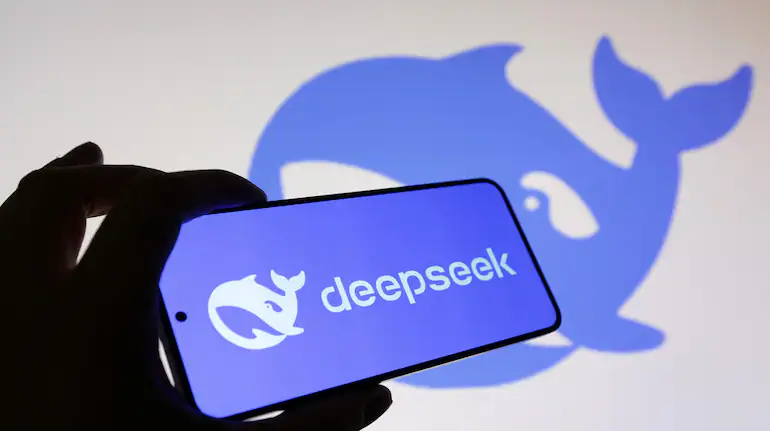DeepSeek’s R1 Model Sets New Transparency Benchmark With Nature Publication

Introduction
DeepSeek’s R1 language model has become the first large open-weight AI to reach full peer review in Nature, revealing not just its advanced reasoning via reinforcement learning, but also rare transparency in training costs and methodology. This is a pivotal step for both AI research credibility and the industry’s openness culture.
A Peer-Reviewed Milestone—Why It Matters
On September 17, 2025, the influential journal Nature published a landmark paper detailing DeepSeek’s R1 model. What sets R1 apart isn’t just technical prowess: it’s the first time a competitive large language model (LLM) using pure reinforcement learning—without human-labeled reasoning data—has been so thoroughly scrutinized by the scientific community. The peer review process itself is regarded as a gold standard, and until now, top-tier open-weight models rarely passed this rigorous bar.[1]
Technical and Economic Impact: Reinforcement Learning, At a Fraction of the Cost
DeepSeek’s R1 demonstrates advanced reasoning abilities despite skipping expensive human-labeled “reasoning trails.” Instead, it relies solely on reinforcement learning, providing a novel blueprint for scalable, autonomous training. The Nature paper disclosed detailed costs: R1 was trained for only US $294,000 using 512 Nvidia H800 GPUs—a fraction of what similar models have typically reported.[1]
This disclosure rings especially loud in a field where proprietary budgets and resources are closely guarded, challenging assumptions about the scale needed for high-performing models and inviting more equitable participation from the international research community.
Transparency and Replicability as Industry Drivers
Publishing detailed technical parameters and economics within a peer-reviewed forum signals a major shift. Openness may soon become an expectation, not an exception. Researchers and industry leaders have praised DeepSeek’s transparency, noting it enables external validation, simulation, and even model improvement by third parties. Experts see this as a template for future LLM development—though some caution that further examination is needed to confirm the model’s broad generalizability.[1]
Conclusion: What’s Next for AI Openness?
R1’s Nature feature is driving a new era of transparent AI research, inspiring calls for more disclosure of cost, compute, and training data in future frontier models. Some experts predict this could accelerate open science, collaborative development, and democratization in foundational AI systems. However, the coming months will reveal whether other labs follow suit or maintain the field’s tradition of closed, commercial secrecy.
How Communities View DeepSeek’s R1 Model Publication
The news about DeepSeek’s R1 model achieving peer review in Nature has ignited major debates across X (Twitter) and Reddit’s r/MachineLearning, r/ArtificialIntelligence, and r/LanguageTechnology. The main discussion clusters are as follows:
-
1. Champions of Transparency and Open Science (~50%)
- Many users, including @emily_ai and r/Singularity, hail DeepSeek for setting a new openness standard. They emphasize the importance of releasing both model weights and training cost details, noting this could break down barriers for independent and global researchers.
- Yifan Zhang (DeepSeek CTO) joined a Reddit AMA, reinforcing that scientific gatekeeping holds back progress.
-
2. Skeptics of Real-World Performance or ‘Hidden Costs’ (~25%)
- Critics like @modelskeptic and several Redditors argue “$294k can’t possibly reflect all costs” and raise concerns about the model’s ability to generalize outside test settings. Debates continue over whether pure RL can match models trained with human feedback.
-
3. Industry Strategic Questions and Calls for Regulatory Openness (~15%)
- Venture capitalists and startup founders (e.g., @aiVCnews, r/startups) discuss the implications for funding: Will transparency push larger tech leaders to open up, or only provide an advantage to labs that can already afford significant compute?
- Some policy-focused users urge for mandatory publication of compute and training details for critical AI models.
-
4. Technical Debating Community and Methodology Focus (~10%)
- AI researchers and practitioners, such as @lilianweng and r/mlops, dissect R1’s RL-only approach. There’s healthy technical discussion on the merits and potential limitations of reinforcement learning as opposed to supervised, human-labeled training.
Overall, sentiment leans positive, with the majority lauding the breakthrough for transparency, but a vocal minority question its reproducibility, cost accuracy, and practical impact. Numerous experts—including academics and industry insiders—have joined discussions, highlighting the broad significance for open science and future AI governance.